About becoming a botanical illustrator and why it’s worth it
After studying Biology at Leiden University, Esmée Winkel completed a master’s degree in Scientific Illustration. Since then, her work has received several awards, including three gold medals from the Royal Horticultural Society in London.
In her soft spoken and sincere way, she talked about her philosophy regarding how she keeps on moving forward towards her goals, why plants have a special place in her heart, and how climate change has been affecting her favorite group of organisms.
Botanical illustration has a long history in Leiden. The Rijksherbarium, which was founded in 1829, has been employing illustrators from the very beginning. Many botanical writings require a detailed illustration to allow the reader to not only imagine, but truly see what is being described. Today, the collection is part of Naturalis Biodiversity Center and encompasses about 5.7 million plant specimens.
Winkel is the one responsible for carrying on the task and tradition of botanical illustration there. To land a permanent position as a scientific illustrator is a rarity and Winkel herself emphasized how lucky she was to get this position. However, after learning about her outlook on life and work, one quickly realizes that luck is not the main component behind her successful career.
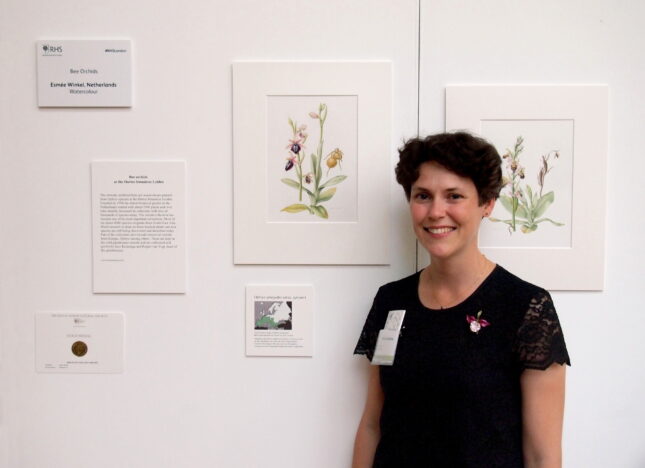
Close to her heart
When asked about her view on how to approach the daunting question of choosing a career, she highlights the importance of staying optimistic despite difficulties. She knows that there are difficult decisions to be made and recommends not to be afraid to stand still for a while to ponder the options. In her experience, there are often more opportunities than one might think, especially if one is willing to look for them. For instance, if one is interested in research but does not want to become a researcher, there are many other ways to work with or for researchers, such as through scientific illustration. As a scientific illustrator, she is still involved in current research, without having to do research herself.
She chose to become a scientific illustrator because this choice felt closest to her heart, and she has not looked back since. There will always be challenges, regardless of what path one chooses, and she shared that she is still facing hardships today. Consequently, in her eyes, the only way forward is to “really go for it” and put one’s heart into the choice one has made. To avoid getting stuck on hardships, she recommends setting smaller goals and being conscious of accomplishments along the way. For Winkel, a deep adoration for the main subjects of her illustrations, plants, must’ve also helped with persevering through challenges.
Her immense appreciation of plants was most obvious when asked what her favorite plant is. After pondering seriously for a while, she decided to give up and said with an apologetic chuckle: “No I’m sorry, I don’t know. They're all nice!” She not only appreciates plants for their beauty, but also for the stories behind them. Winkel enthusiastically recalled the complex pollinator ecology of the Brazil nut, a nutritious treat originating from South America. While the tree depends on orchid bees for pollination, the orchid bees depend on orchids growing nearby to reproduce.
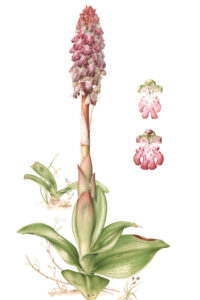

The beauty of plants
She believes that plants should be appreciated more because they are important for the survival of many organisms on this planet and play a pivotal role in regulating the climate. Through her work, Winkel is hoping to demonstrate the beauty and stories she sees in the plants, so that more people would start appreciating them and learn of their importance.
Realizing the importance of plants is especially critical as climate change has already had measurable impacts on them. Winkel explains that climate change has changed the geographical range in which many plants grow already. Some expand their habitat to the north and disappear in the south in search of warm, but not too hot climate, while others adapt to this man-made phenomenon and are becoming rarer.
In the ongoing online exhibition Reflections, no plant – no planet, which focuses on illustrations that reflect the impact that climate change has had on plants, she submitted an illustration of the giant orchid (illustrations to the right). She chose it because just two years ago, this Mediterranean species was discovered in the Dutch dunes! In her book Hyancintorchis, she explores this curious encounter in more depth.
Despite how news on climate change and its effects can seem grim, she supports the approach of Jane Goodall, which is based on the belief that there is always hope. For instance, she believes that the younger generation is already more open-minded to making changes in their lifestyle and habits to make a difference. Perhaps, by taking it one step at a time, we might really reach a much greater goal together.
Learn more about Winkel’s work on her website, or follow her on Instagram, @esmeewinkel, for the latest updates from the studio.
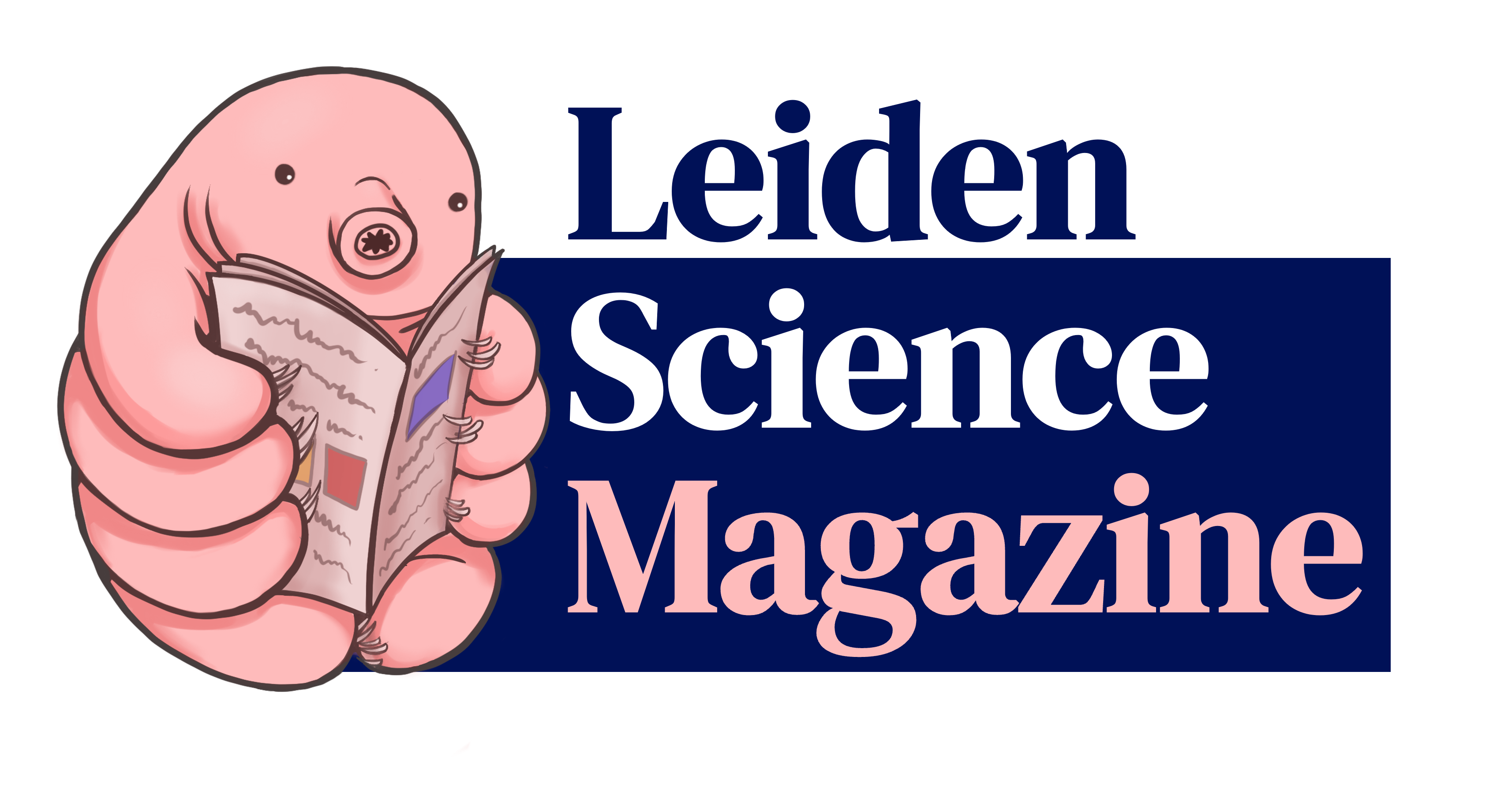

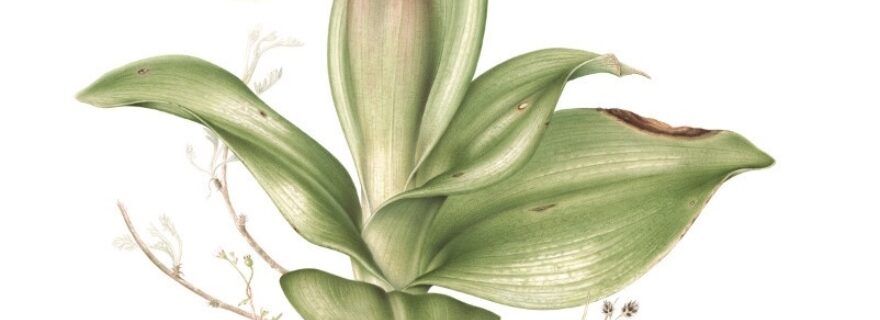
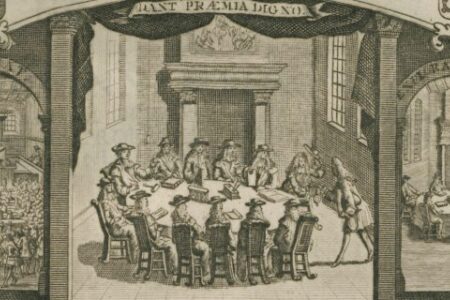


0 Comments
Add a comment